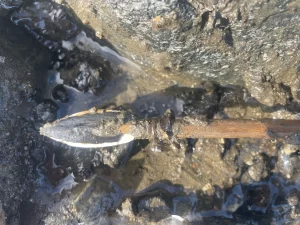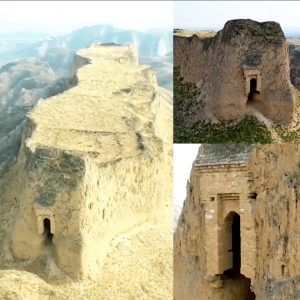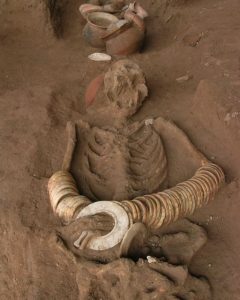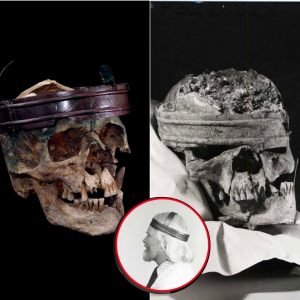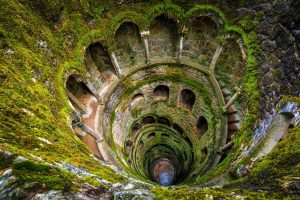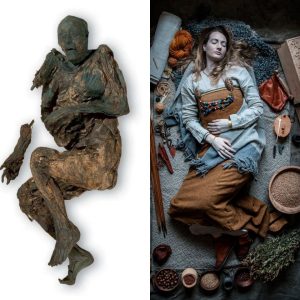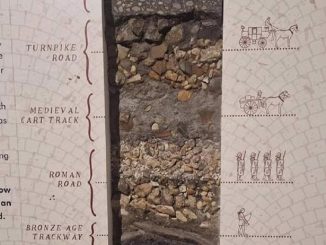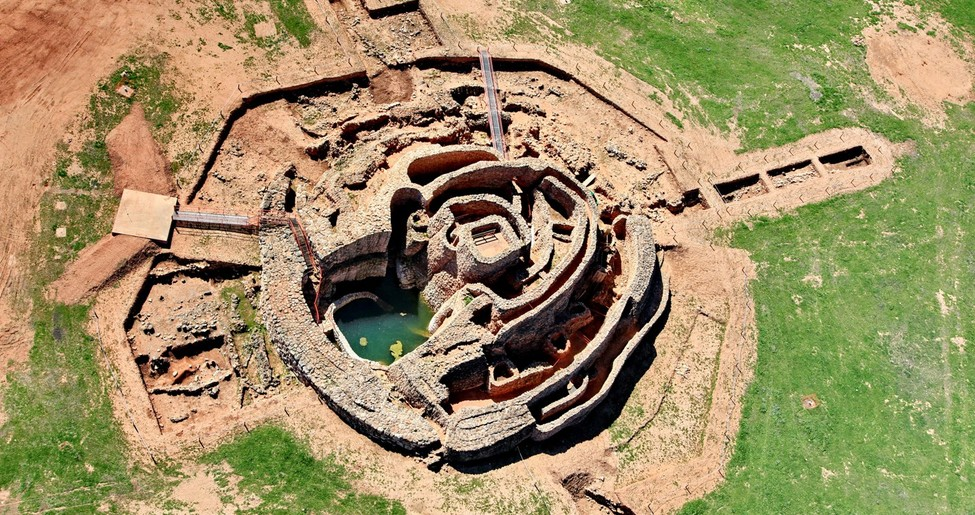
Nestled in the heart of Spain, amid the rolling plains of La Mancha, lies the enigmatic Motilla del Azuer. This ancient archaeological site, dating back to the Bronze Age between 2200-1500 BCE, has long fascinated researchers and historians alike. Characterized by its intricate construction, including multiple walls, labyrinthine corridors, and a sprawling courtyard, Motilla del Azuer offers a tantalizing glimpse into the lives of its ancient inhabitants. Recent excavations have uncovered a well within the courtyard, shedding new light on the site’s purpose and significance.
The Enigmatic Construction of Motilla del Azuer

Motilla del Azuer stands as a testament to the ingenuity and craftsmanship of its builders. The site’s complex layout, featuring concentric walls and meandering passageways, suggests that it served as both a fortress and a place of refuge. The strategic positioning of Motilla del Azuer, overlooking the surrounding landscape, hints at its role in defense and surveillance. The discovery of a large courtyard at the center of the site adds another layer of complexity, raising questions about its function and use by the ancient inhabitants.
Unraveling the Secrets of the Well
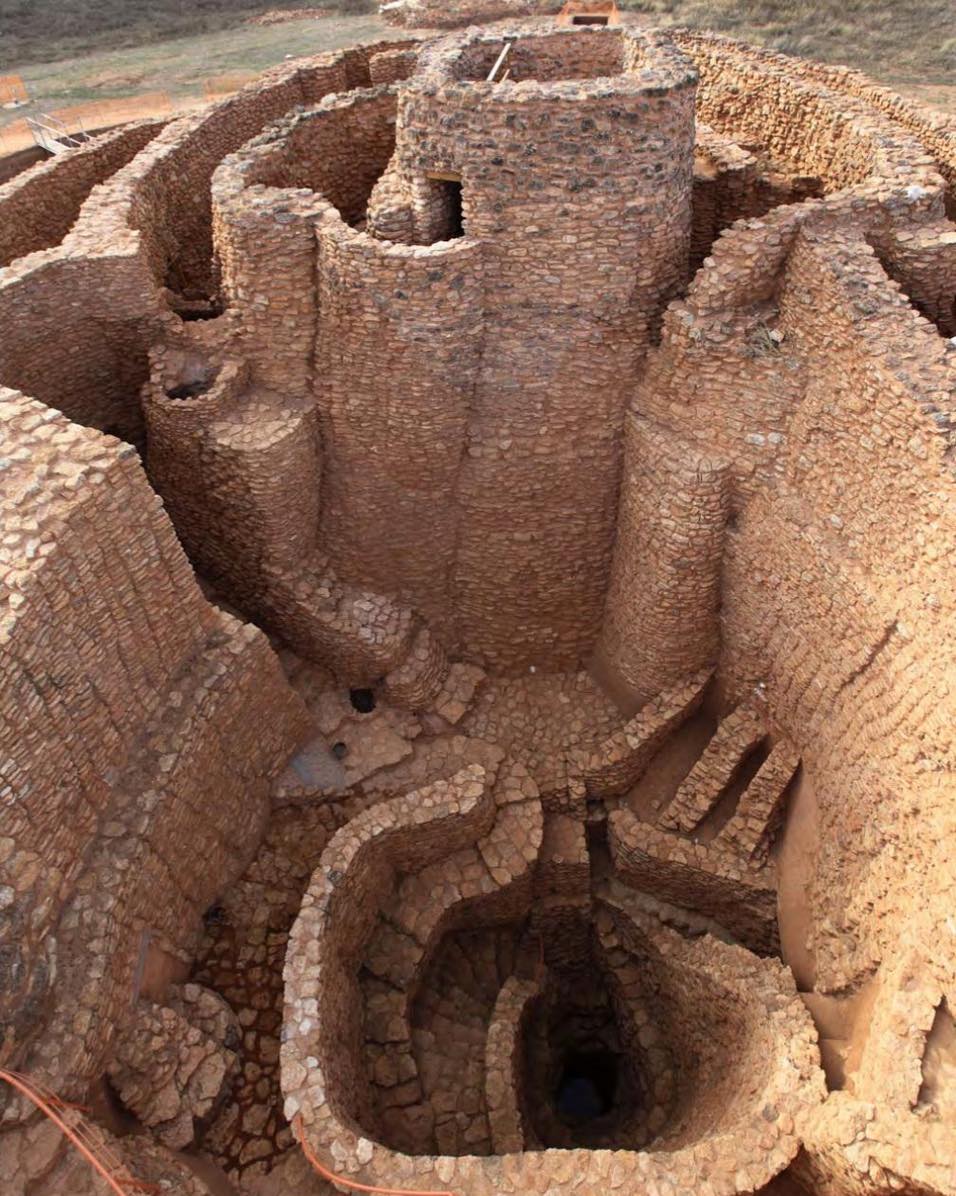
One of the most significant discoveries at Motilla del Azuer is the recently excavated well located within the courtyard. This remarkable find provides invaluable insights into the daily lives and practices of the site’s occupants. Analysis of the well’s contents, including artifacts and organic remains, offers clues about the ancient inhabitants’ diet, rituals, and social interactions. The presence of a well within the confines of Motilla del Azuer suggests that it was not only a place of defense but also a center of community and resource management.
The Significance of Motilla del Azuer in Archaeology
Motilla del Azuer holds a prominent place in Spain’s archaeological landscape, offering a window into the region’s prehistoric past. The site’s unique architectural features and strategic location make it a valuable case study for researchers seeking to understand the complexities of Bronze Age society in the Iberian Peninsula. Through ongoing excavations and analysis, archaeologists continue to unravel the mysteries of Motilla del Azuer, piecing together the story of its ancient inhabitants and their way of life.
Reflecting on the Legacy of Archaeological Discoveries
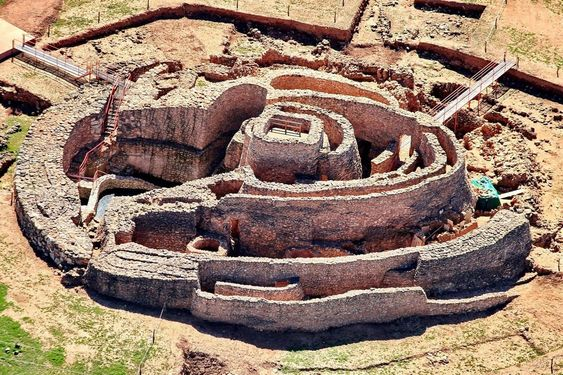
As we marvel at the wonders of Motilla del Azuer and other archaeological sites around the world, we are reminded of the importance of preserving our shared heritage. These ancient remnants provide us with a tangible connection to the past, allowing us to glimpse the lives of those who came before us. By supporting archaeological research and conservation efforts, we can ensure that sites like Motilla del Azuer continue to inspire and educate future generations about the rich tapestry of human history.
